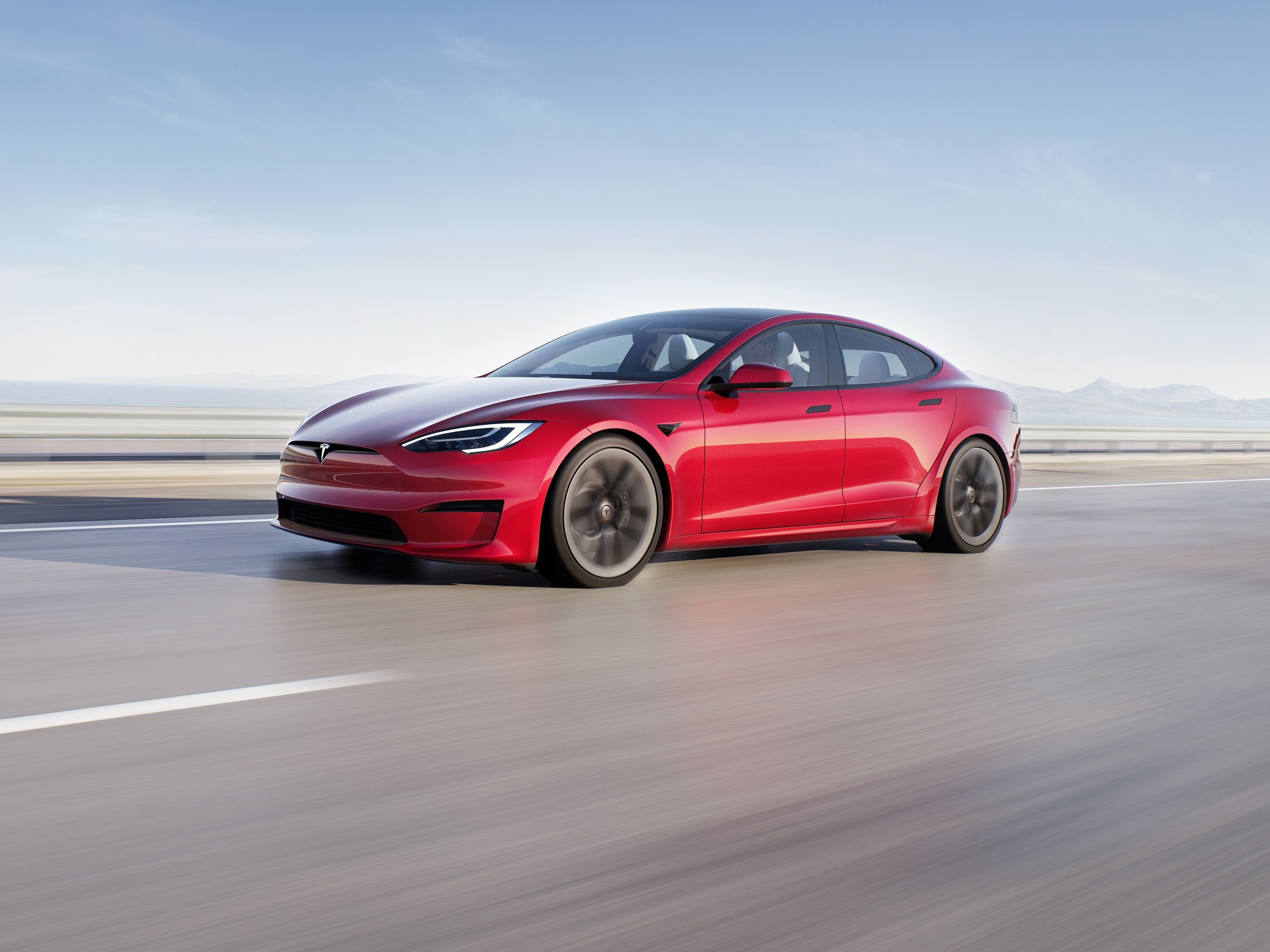
When Tesla showed the world the Model S in 2012, it marked the beginning of a sea-change in the automotive industry. The electric car had truly arrived and it was viable for the (affluent) mass market. In 2013 it went on sale in Europe, then China in 2014 along with Australia, Hong Kong, and Japan. The Model S set the bar, and now Porsche has shown up with its all-electric sedan to try and raise that bar higher still.
Porsche didn't open the Taycan's account with a base model though. Instead, Porsche dropped its most powerful models first and is working its way down after grabbing the headlines. Now, the Taycan 4S is here as a more affordable option and it's time to put it up against Tesla's more affordable Model S, the 75D.
Price
Neither the Model S or Taycan is aimed at a particularly price-sensitive market as, in any trim, they are expensive and most attractive to the early-adopter market. However, when we're talking lower-spec trims, price is a consideration and at $103,800, the 4S now becomes the least-expensive Taycan. However, $79,990 will get you into a Model S and both come with air suspension and all-wheel-drive as standard.
Performance
Porsche has been building performance cars since 1939 and has refined the art ever since. Porsche's Panamera sedan arrived coming up short in driving dynamics but Porsche has diligently evolved it into something truly dynamic and thrilling to drive despite its size. Tesla, however, has only just taken its Model S to the Nurburgring although its handling and grip levels are already competent.
Most will focus on acceleration, speed, and range though. The 75D will hit 0-60 mph in 4.2 seconds and has a range of up to 259 miles. The Taycan S will hit 60 mph in 3.8 seconds with a 253-mile range under WLTP testing but US-specific EPA numbers aren't available just yet. Unfortunately for Porsche, the range probably won't look so good as the US EPA numbers tend to be more conservative.
Exterior Styling
Something that surprised many, many, people when the Model S arrived was how good it looked. It's both sleek and understated and prompted some criticism for not being revolutionary enough. However, by not going over the top with the futuristic electric car tropes, the styling has held up well, with minor changes, since 2012 and is only just starting to look dated.
On the flip side, Porsche has come out of the gate with a cutting edge design as a statement of intent. While the Model S looks like an everyday sedan, the Taycan with its aggressive front end and sleek profile looks like a performance car and oozes style.
Interior Design
Tesla nailed down the zeitgeist and got the interior of the Model S right the first time. Mixing elegance with minimalism and using a giant tablet as the cabin's centerpiece, Tesla created an airy interior that German premium brands would be proud of until they looked at the materials used and the build quality.
Porsche's Taycan interior remains Porsche in style but with the modernity turned up to 11 to reflect its electric car status. There's no centralized tablet display but it has up to 53-inches of screen space to offer in the digital cockpit. The highlight is the 16.8-inch curved display acting as the gauge cluster behind the steering wheel. Overall, it's a stark contrast to Tesla's ode to minimalism.
Verdict
On price and value for money, Tesla has Porsche beat. For those that want to be on the bleeding edge of autonomous technology, Tesla is the way to go assuming you don't mind being a beta tester. When it comes to build quality and driving dynamics though, it would be foolish not to back Porsche and pay the premium. That premium also makes one hell of a visual statement in the corporate parking lot, and that's where a lot of Tesla and Porsche's competition in the sedan market will be taking place.
